
Roof damage insurance claims
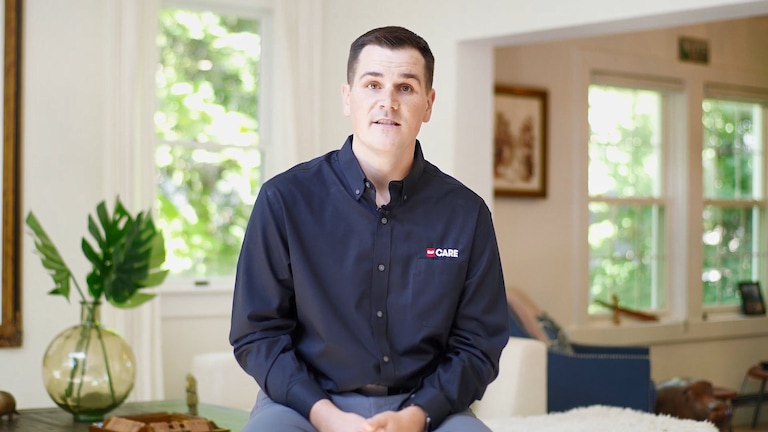
Does homeowners insurance cover roof damage?
Steps to filling a roofing insurance claim
1. Document everything
2. Contact the insurer
3. Fill out the claim and provide documentation
4. Make temporary repairs
5. Prepare for the adjuster
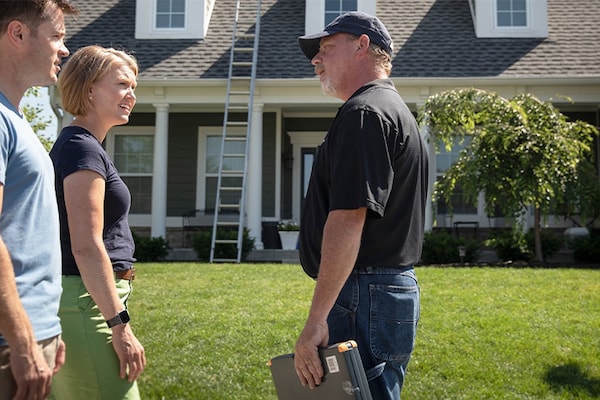
A local roofer can help with your claim
Important insurance terms to be aware of
Open peril vs named peril
Lines of coverage
Actual cash value vs. replacement cost
Financing
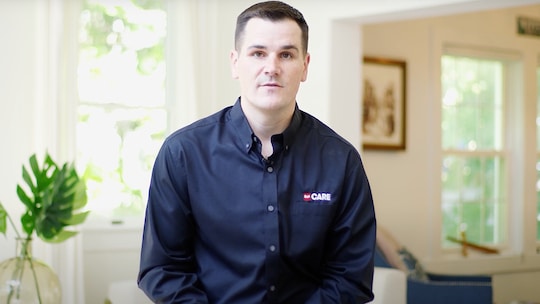
What are out-of-pocket costs for roof repairs?
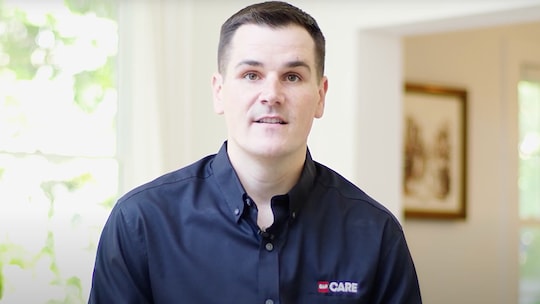
What deductibles can I expect during a claim?
Ways to help lower insurance premiums
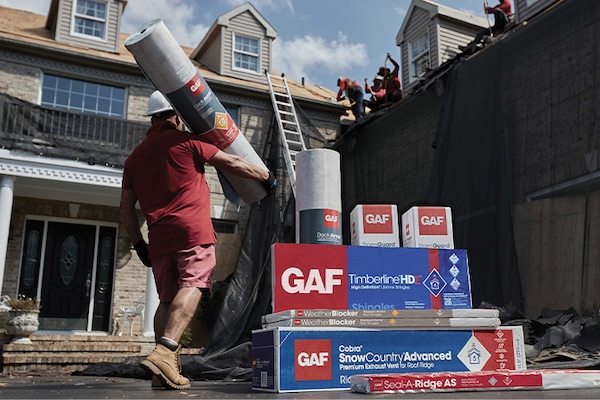
Impact resistant roofing
A knowledgeable roofing contractor can make a difference
FAQs for homeowners
Get a detailed estimate from a manufacturer-certified roofing contractor, and make sure it includes costs for tear-off (if necessary) all materials, labor, clean-up, and disposal.
1Insurance discounts are not guaranteed. If available, discounts vary by state and insurance company. Contact your insurance agent for information before installing a new roof.
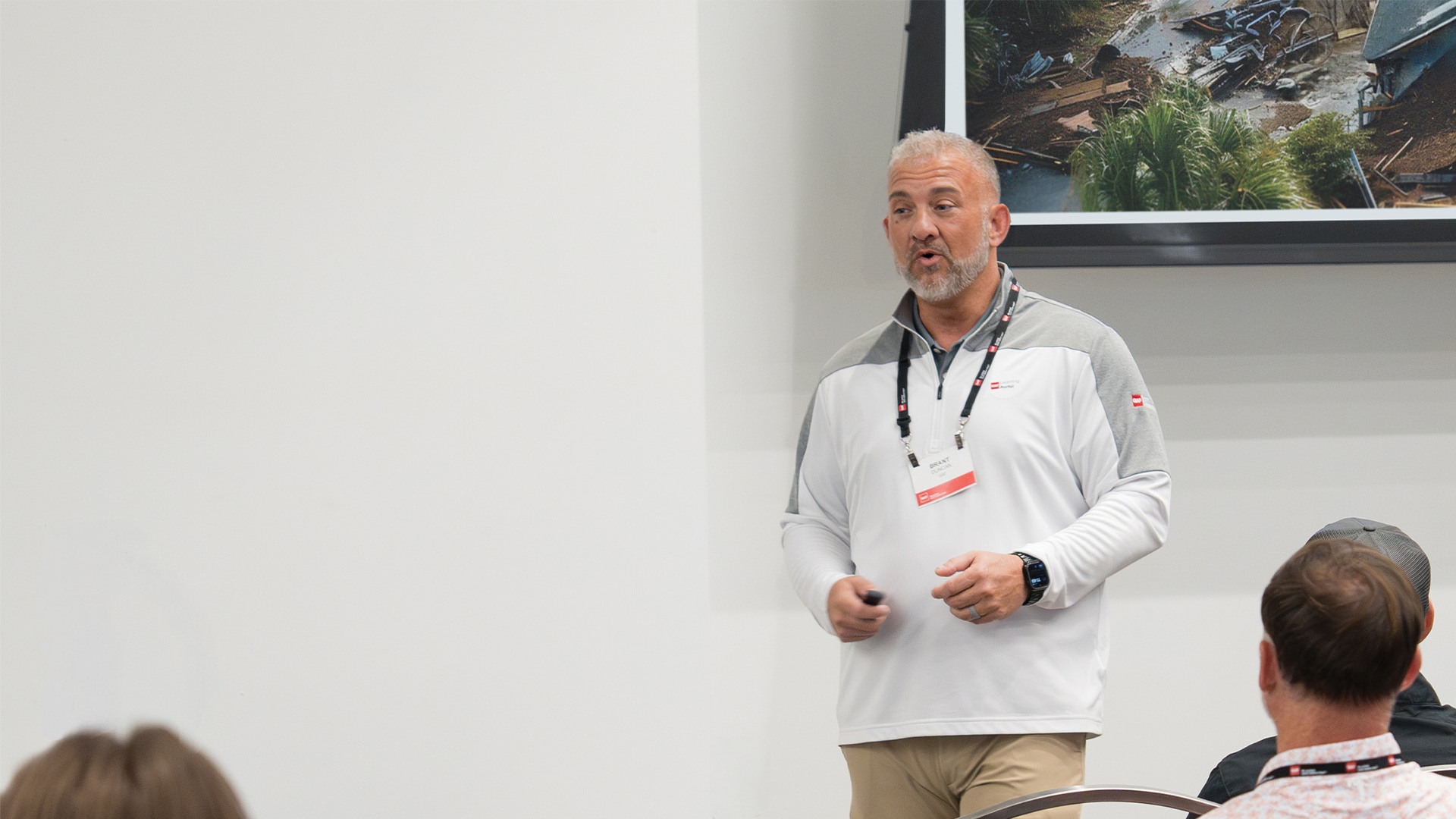
Storm restoration training and resources for contractors
GAF QuickMeasure™
GAF ScopeConnect℠
Insurance FAQs for roofing contractors
The insurance restoration process for contractors involves working with property owners, insurance companies, and adjusters to repair or replace damaged property that is covered under an insurance policy.
GAF’s insurance restoration training is designed to empower contractors to confidently handle insurance claims, advocate for homeowners, and grow their businesses in the restoration space. For training and resources, visit GAF.com/StormTraining.
Visit GAF.com/StormTraining to see upcoming in-person training courses or reach out to your GAF Territory Manager.